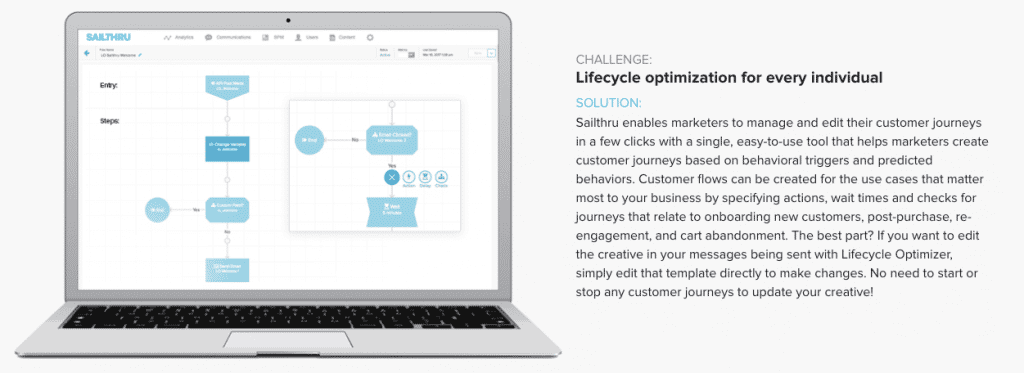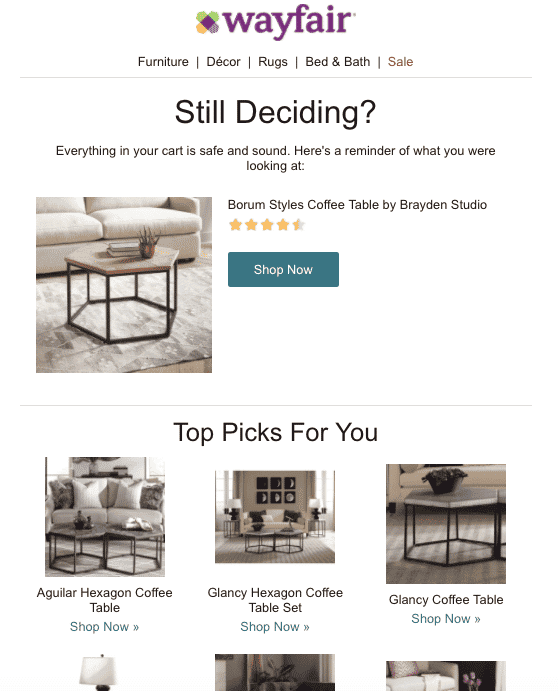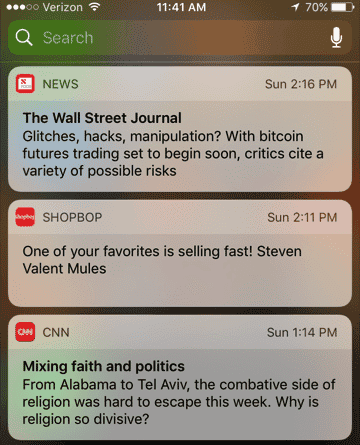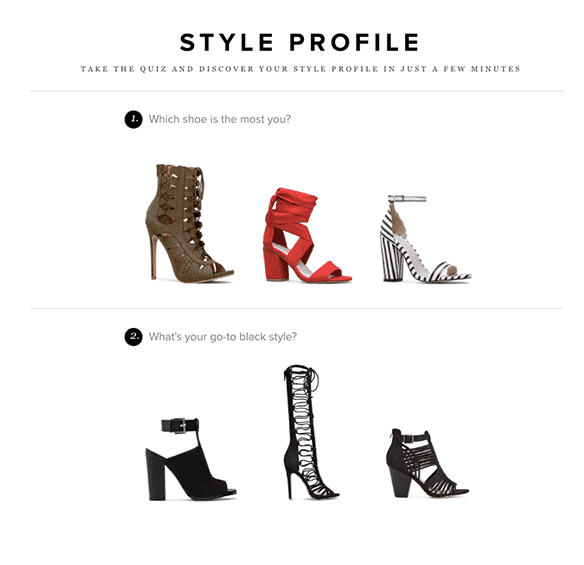Retail
Customer Lifecycle Optimization Is an Opportunity for Almost Every Brand ‑‑ Here’s How to Get Started
November 6, 2019

Customer lifecycle optimization sounds fancy. It’s not.
It centers on a concept every marketer is already familiar with: reaching the right customer with the right message at the right time. Our recently-released Retail Personalization Index, which ranks the personalization efforts of 250 well-known retail brands, found that across brands, lifecycle optimization remains a huge untapped opportunity.
Of course, with brands selling across multiple platforms, customer lifecycle optimization can seem a bit daunting to execute. That’s especially true for brands using legacy technology that stores information from each platform in its own silo, and that don’t use or create a single customer view.
But the idea is still pretty simple: reaching the customer where, when, and how it matters. Say a marketer is trying to reach a customer who is pretty far down the sales funnel, and should be about ready to convert. If that person tends to buy on mobile, then that’s where a purchase-related message should show up. If that customer browses in the app but purchases on desktop, that purchasing-related messages should reach them on their desktop.

Overcoming Two Familiar Hurdles: Technology and People
Why aren’t brands doing a better job at this? Many brands are doing a fairly good job at collecting data, after all, but only a mediocre job of putting it to use. In this, we see two familiar culprits: technology and people.
Let’s look at technology first, because in some ways, that’s easier to fix. Obviously, lifecycle optimization requires a significant level of automation. And many brands don’t have the infrastructure in place to allow this.
Getting the infrastructure for personalization right is critical to being able to launch more advanced initiatives in the future. If you’re still building multiple emails a day, by hand, you probably don’t have much time to think about the advantages of sending a particular message via mobile or email, or at what time it’s most likely to be opened.
The people are a lot tougher to change. This is mostly due to the way they’re organized – in silos — rather than to a lack of ability. To effectively implement customer lifecycle optimization, you need to understand the customer journey from beginning to end. But right now, at most brands, the mobile team works on mobile marketing. The email team does email marketing. There’s often an in-store team, as well, that does merchandising. No single person or team really has a holistic view of the entire customer lifecycle journey. Instead, each team knows about its own little part of the journey.
Customer Lifecycle Optimization in an Imperfect World
Of course, replacing all your technology, and then reorganizing all the teams that help create the customer experience, is a pretty tall order. Here are some of the ways we see brands dipping their toes in the water and beginning to engage in customer lifecycle optimization.
An Improved Onboarding Experience
Most brands send their customers a welcome email after they sign up. But there is so much more brands can do to engage with their customers across channels to encourage them to become loyalists. Most of the brands who placed in the top 25 of our third Retail Personalization Index did this to some extent. Sephora, Nordstrom, Adidas and all the TechStyle Fashion Group brands — JustFab, ShoeDazzle and Fabletics — did particularly well here.
If a customer subscribes to a brand’s email, a welcome series can give them a thorough introduction to the brand and encourage them to re-engage if they appear to go dormant after signing up. If a customer downloads a brand’s app, a series of push notifications or in-app messages can do much the same — give them a mini-tour of the app and encourage them to start using it right away.
Then there’s the case where a customer downloads the app, but doesn’t opt-in to push notifications and doesn’t open the app. That’s where brands can turn, again, to email. The key is to figure out where customers are likely to be most responsive, and to reach them on that channel.
Post-Purchase
Post-purchase streams are another untapped opportunity for many brands. If a customer is happy with a purchase, that’s the perfect time to ask them for a referral or a shout-out on social media. And if they’re not thrilled, brands need to make sure they understand why, and are well-positioned to improve the experience next time.
There are many opportunities for brands to improve lifecycle optimization with their customers, and some tactics will be better-suited for some brands than others. But there’s no arguing with the fact that the most relevant message is the one that reaches the customer at the right time, on the right channel, with the right content.
Abandoned Cart Streams
A customer who’s sitting on the fence is both a frustration and an opportunity. Nowhere is this more clear than when a customer places something in her cart but doesn’t buy it. Unfortunately for retailers, particularly those in the apparel space, this happens more often than not.

A stream of well-timed, relevant messages can be decisive here, something Wayfair does particularly well. The first one can appear as soon as a few hours after the cart appears to be abandoned, emphasizing urgency or scarcity. In this case, the subject line referenced the product, and Wayfair included a picture and deep link to jog the customer’s memory — and making the potential visit seamless.
Messages sent a few days later can include recommendations of other products likely to appeal — maybe the customer is still searching for the perfect item. Brands can also include abandoned items at the top of other emails, giving customers yet another prompt.
Milestones
Any milestone that a brand would note is a candidate for lifecycle optimization. That could be a birthday, the anniversary of membership in a loyalty program, or anything else. It’s lovely to send a customer a simple happy birthday message, of course, but some brands might prefer to offer a small gift or discount. In that case, they may want to message the customer reminding them to redeem it.
Browse Abandonment
Browse abandonment presents an opportunity similar to cart abandonment. If a customer’s onsite or in-app activity shows that they were researching a product but didn’t buy it, future messages can be tailored to highlight that product. Those messages could also include recommendations, in case the customer is still looking.
One of our favorite examples of this comes from Shopbop. When consumers browse the e-retailer’s inventory, they can bookmark favorite products. Should any of them get marked down or come close to selling out, Shopbop lets them know with push notifications.

See how Sailthru can help you leverage Email Automation Solutions to take advantage of customer lifecycle opportunities.
The State of Brand Loyalty in the U.S. in 2023
Related




